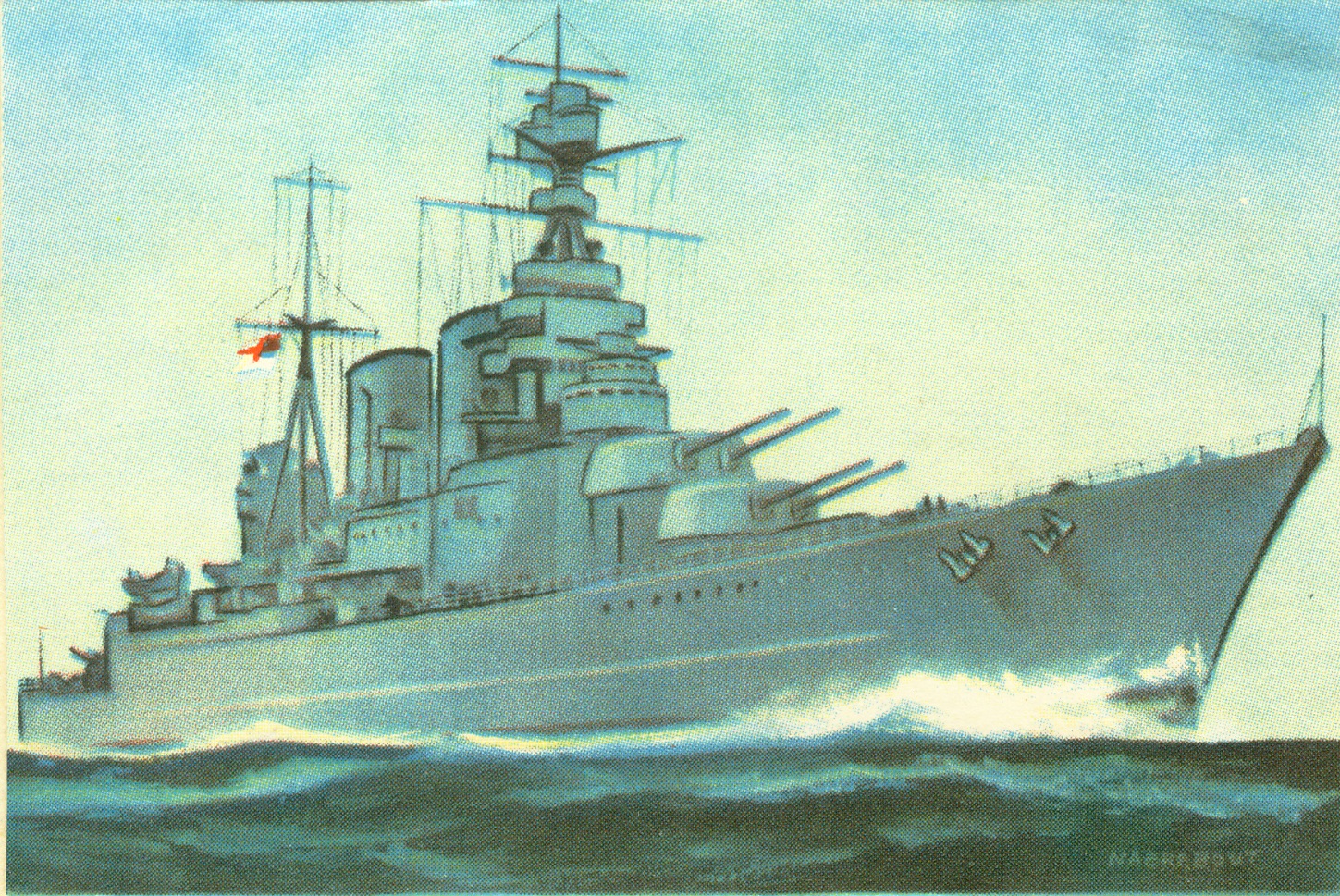German Helgoland-class
German Nassau-class
Drawing made by G.J. Frans Naerebout and published in Op de Lange Deining written by G.A.J. Bovens
Notes
1. Of the Helgoland-class consisting of the Helgoland, Ostfriesland, Thüringen and Oldenburg. Preceded by the Nassau-class and succeeded by the Kaiser-class. Laid down at Howaldtswerke Werft, Kiel, Germany with yard number 500 as th Ersatz Siegfried on 11 November 1908, launched on 25 September 1909, commissioned on 23 August 1911, dismissed from German active service on 16 December 1918, stricken from the navy list on 5 November 1919, handed over to the United Kingdom according to the Treaty of Versailles and to compensate the German warships scuttled at Scapa Flow on 5 August 1920 and broken up at Morecambe, England starting on 3 March 1921
2. Laid down at the shipyard AG Weser, Bremen, Germany on 12 August 1907, launched on 1 July 1908, commissioned on 16 November 1909 and finally broken up at Birkenhead, England in 1924. Of the Nassau-class consisting of the Nassau. Posen, Rheinland and Westfalen. They were built to replace the Sachsen-class under the temporarily names Ersatz Bayern, Ersatz Sachsen, Ersatz Württemberg and Ersatz Baden.
3. Nicknamed Mighty Hood. Pennant 51. Her building at the shipyard of John Brown&Company was ordered on 7 April 1916, laid down on 1 September, launched on 22 August 1918, commissioned on 15 May 1920 as world largest warship, sunk on 24 May 1941 during her battle with the German battleship Bismarck.



